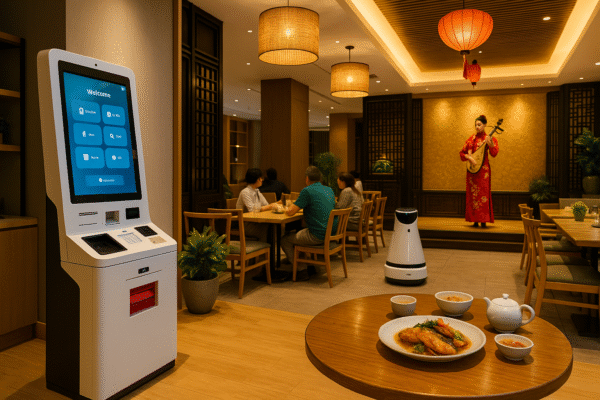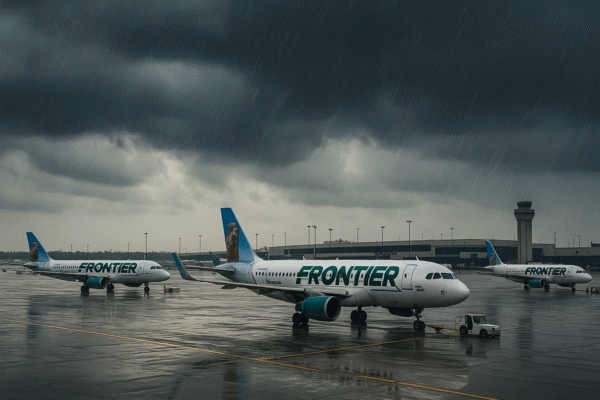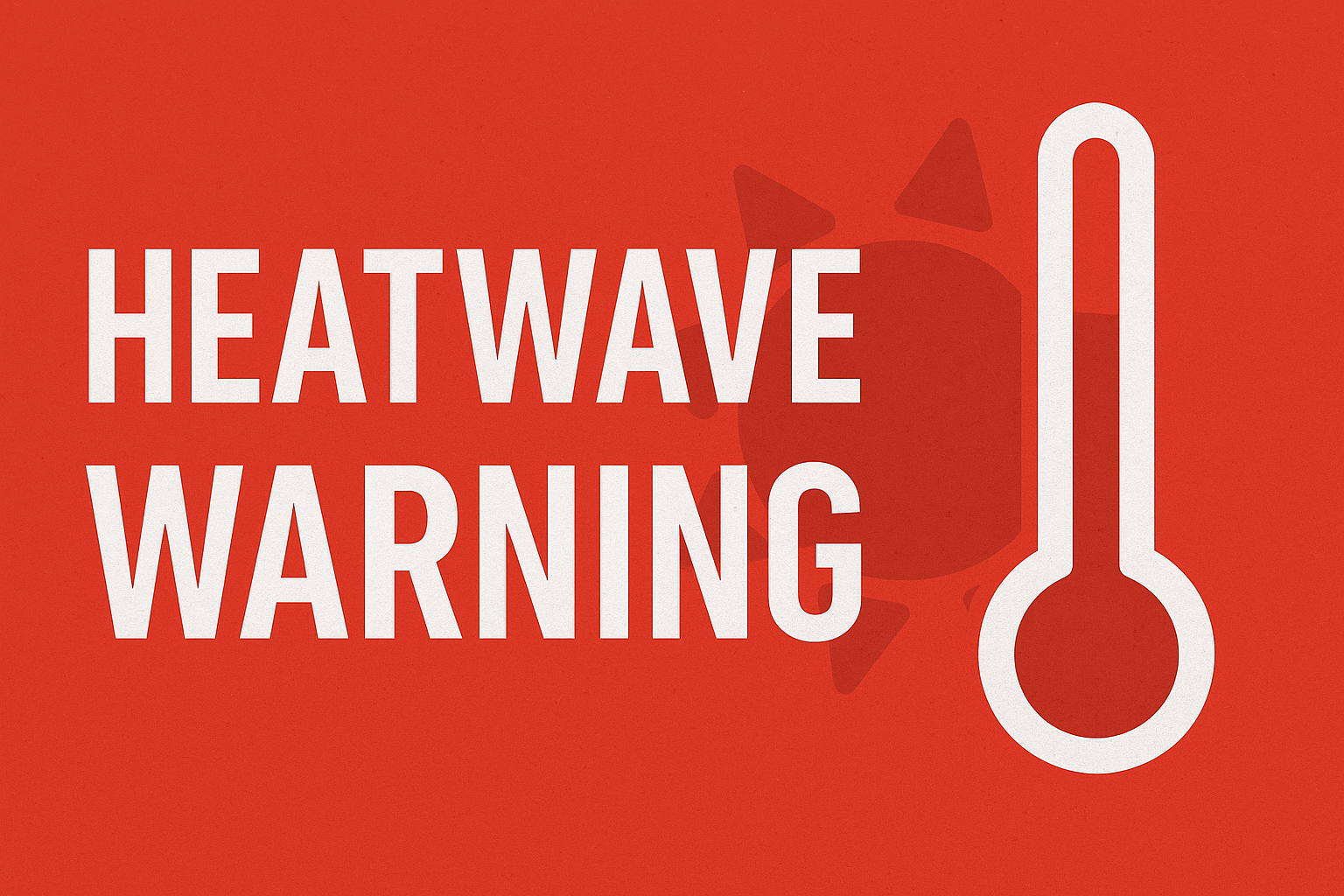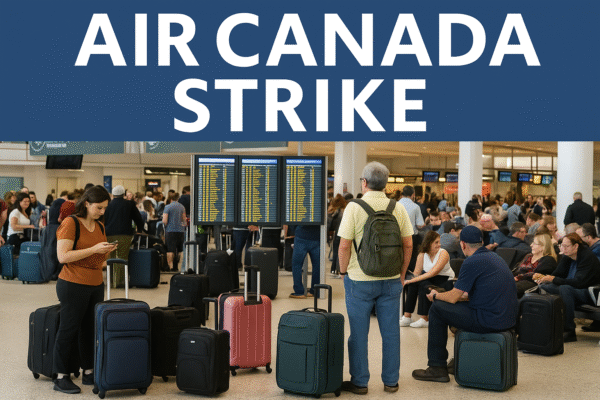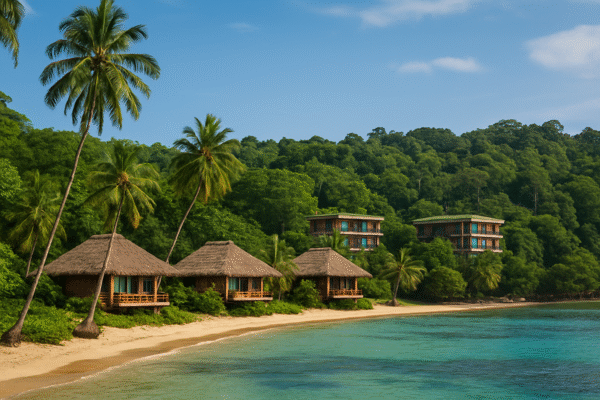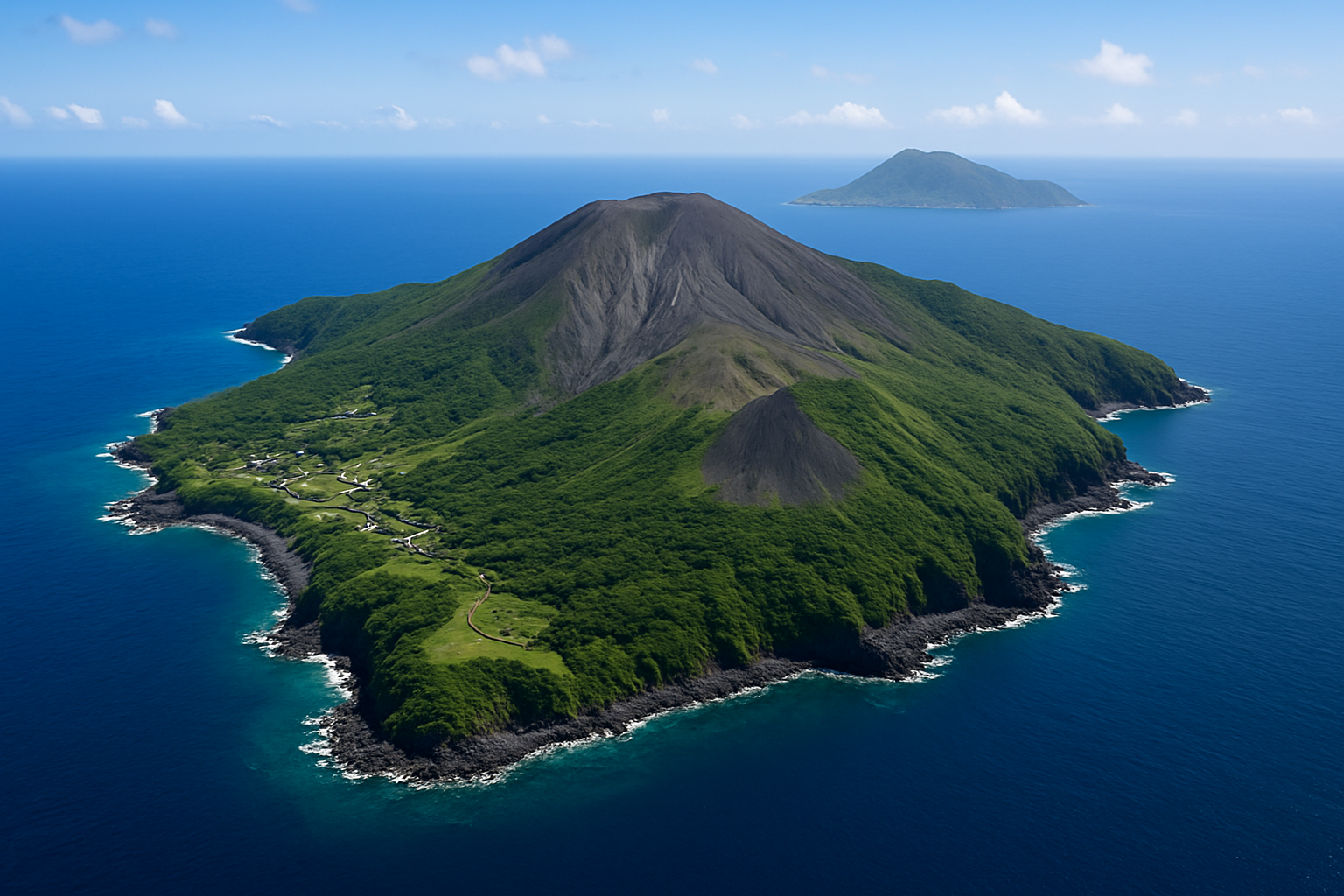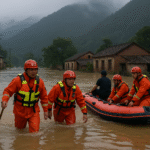Over 900 earthquakes have struck the remote Tokara Islands in southern Japan since June 21, causing deep concern among the local population and prompting travel safety questions for potential visitors. Although no significant structural damage or tsunami warnings have been reported, the frequency and intensity of the tremors have disrupted daily life and heightened fears of a larger seismic event.
The Tokara Islands, part of the Kagoshima Prefecture, are located along the volatile Pacific Ring of Fire—an area notorious for tectonic activity. While earthquakes are not unusual in Japan, this ongoing swarm is described by experts as one of the most intense the region has experienced in recent years.
Life in Constant Motion: The Local Struggle
With just around 700 residents spread across several small islands, the Tokara community is experiencing extreme psychological stress. Local reports describe sleepless nights and widespread fatigue. On Akusekijima Island, farmer Chizuko Arikawa told The Asahi Shimbun, “You can hear a strange roar from the ocean before the quakes hit, especially at night. It’s eerie. Everyone’s exhausted.”
Isamu Sakamoto, a local leader, emphasized how disruptive the tremors have been: “The quakes start with a jolt from below, then the house sways. It’s sickening.” For these isolated communities—where the nearest hospital is a six-hour ferry ride away—preparedness is vital, but access to emergency services is limited.
In Toshima Village, local authorities have urged media and tourists alike to show restraint in contacting residents, asking the public to respect the mounting mental health toll.
Impact on Tourism: Cancellations and Guesthouse Closures
The Tokara Islands are known for their pristine natural beauty and tranquil atmosphere, drawing eco-tourists, divers, and those seeking off-the-beaten-path adventures. However, the seismic events have disrupted this appeal.
Some local guesthouses have ceased accepting reservations, preparing instead to serve as potential emergency shelters for residents. Travel cancellations have spiked in recent days, driven in part by widespread rumors of a major earthquake predicted for July 5—a claim rooted in a fictional 1999 manga by Ryo Tatsuki, not scientific evidence.
Despite being unfounded, such predictions have gone viral, intensifying anxiety among both locals and tourists. As a result, travel agencies report an uptick in itinerary changes, particularly from foreign tourists considering alternate destinations within Japan.
Japan’s Official Response and Safety Measures
Japan’s Meteorological Agency (JMA) continues to monitor the Tokara Islands closely. The JMA provides real-time seismic updates and evacuation alerts via its official website and disaster notification apps such as Yurekuru Call and Safety tips for travelers. Local government offices in Kagoshima Prefecture have recommended that residents and visitors remain prepared for sudden evacuations.
The national government has also invested heavily in disaster prevention infrastructure over the last decade, including earthquake-resistant buildings, tsunami evacuation towers, and expanded early-warning systems. As part of its National Resilience Program, Japan has improved emergency communication protocols for residents and travelers alike.
Advice for Travelers Considering the Tokara Islands
Tourists planning to visit the Tokara Islands—or any earthquake-prone region in Japan—are encouraged to take precautionary steps to ensure their safety and peace of mind. Here are five essential tips:
- Monitor Official Alerts: Stay updated via Japan Official Travel App for multilingual alerts and safety guidance.
- Know the Evacuation Routes: Familiarize yourself with emergency exits, shelters, and assembly areas at your accommodation and throughout the island.
- Pack an Emergency Kit: Carry essentials such as water, medications, a flashlight, snacks, and a phone charger in your day bag.
- Consider Alternative Destinations: If you’re hesitant, explore safer regions in Japan like Hokkaido, the Kansai region (Osaka, Kyoto), or Tohoku, which are currently unaffected.
- Be Respectful and Informed: Understand that locals are under stress and may be less receptive to casual tourism at the moment. Engage with awareness and compassion.
Japan’s Seismic Landscape: A Broader Context
Japan experiences over 1,500 tremors each year, most of which are harmless. However, its seismic history includes devastating events, such as the 2011 Great East Japan Earthquake. This history underlines why preparedness is embedded into both local life and the nation’s tourism strategy.
Tourism remains a resilient pillar of Japan’s economy, even in the face of natural disasters. According to the Japan National Tourism Organization (JNTO), visitor confidence typically rebounds quickly after seismic events, as infrastructure and response capabilities are among the best globally.
The Road Ahead for the Tokara Islands
While the current earthquake swarm presents a temporary disruption, the Tokara Islands are expected to stabilize, much like other remote regions of Japan that have faced similar events in the past. Local authorities continue to prioritize resident safety and emergency readiness, ensuring that when the time is right, tourism can resume safely.
For now, those considering travel to the region should remain informed, flexible, and safety-conscious. Japan’s commitment to disaster resilience ensures that, even amid natural challenges, it continues to offer rewarding and secure travel experiences.
For more travel news like this, keep reading Global Travel Wire


